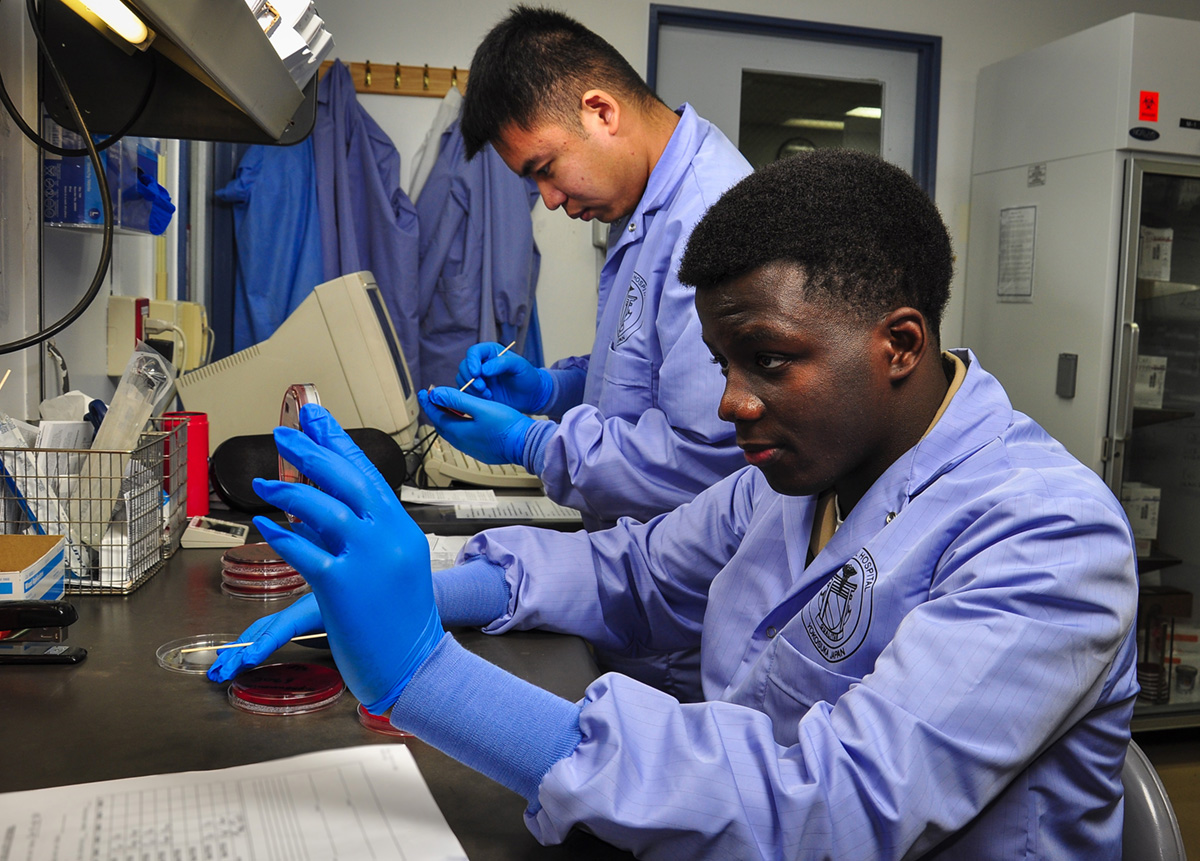
Acne vulgaris known as acne is a common human skin condition on which comedones or papules are formed, sometimes acne cause cysts, due to blockage and inflammation process of pilosebaceous units. It usually affects adolescents and it is caused by the increase od male sex hormone. Acne continue into adulthood, but tend to disappear by the age of twenty. However, there are no ways to predict how long they will keep appearing on somebody\'s skin.
Acnes occur when pilosebaceous units become blocked with sebum and desquamated keratinocytes. Effects differ depending on whether acnes caused inflammation in the follicle. Uninflammatory acne, comedones can be open and closed, and inflammatory acne include pustules, nodules, cysts and papules.
Causes
The most frequent cause for acne is sebum production and hyperproliferation of keratinocytes which increases in puberty. Hormonal changes that occur in pregnancy or during a menstrual cycle, agents for cleaning and other types of cosmetics, humidity and sweating, are all triggers for development of acne. Bacteria Peopionibacterium acne cause acne and is usually eliminated through antibiotics treatment. There have been claims that masturbation, inadequate face hygiene and diet cause acne, but these claims have not been proven.
Symptoms and Signs
Cystic acne is usually painful, while other types do not cause any physical symptoms, only cause emotional distress. Acne usually leaves small scars on the face. These scars can even be pigmented. Lesion types frequently coexist at different stages.
Treatment
There are many different methods of treatment for acne. Some of them are widely used, others are not very widespread, and their effectiveness differs from person to person. Benzonyl peroxide is used for moderate acne vulgarus and is nearly as successful as antibiotics. Antibiotics are used for more severe cases, but are becoming less effective because of the increasing resistance of acnes. Hormonal treatments are used for females. In cases when a large pimple does not go away after other treatments, a doctor sometimes injects cortisone directly into it. This flattens the pimple and helps the healing proces, but the side-effects of steroids include fat atrophy, immunosuppression and formation of abscesses. Medications such as topical retinoids, oral retinoids, and anti-inflammatories re used, but also sulfur, which is probably one of the oldest acne medications. Dermabrasion is a cosmetic procedure of removal of the surface layer of the skin by abrasion. Photo therapy, or light exposure is used as a short-term treatment of acne. Surgery is intended for people with cystic acne. Laser treatment helps removing the scars caused by acne, but since recently it also helps preventing the formation of the acne. Other less used treatments are aloe vera and other herbs, using azelaic and pantothenic acids, tea tree oil, zinc and heat which kills the bacteria and dries up the pimple.




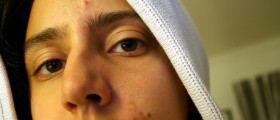
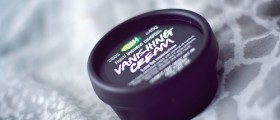
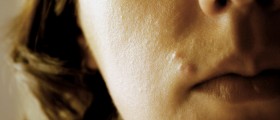

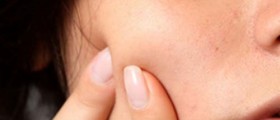



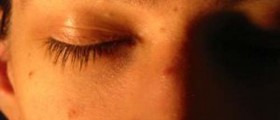
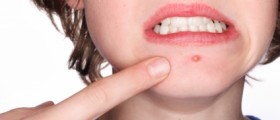

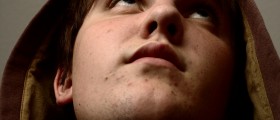

Your thoughts on this
Loading...